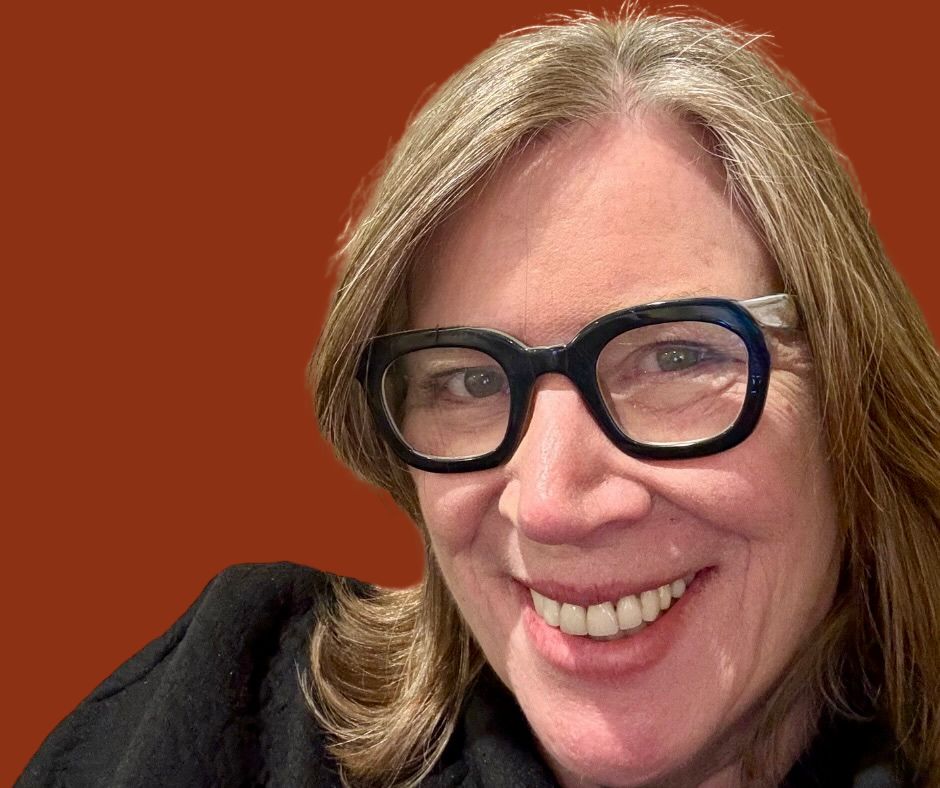A haunting story about what we inherit—and what we take when no one is looking.
Quick Take on the Story
Shelly Blanton-Stroud’s “Take as Needed” opens the Sacramento Noir collection with quiet emotional intensity—and the difficult task of setting the tone for what follows. This isn’t noir in the traditional sense. There’s no smoking gun, no frantic chase. Instead, the darkness creeps in slowly, through generational silence and emotional disconnection.
The story follows Abigail, a woman in her thirties who’s dropped out of college and now lives with her grandmother in Sacramento’s Sierra Oaks neighborhood. On the surface, everything seems fine—quiet streets, a family home, routines intact. But something is unraveling beneath. Abigail’s pain isn’t dramatic—it’s inherited, internal, and slow-moving. She doesn’t collapse all at once. She shuts down, detaches, disappears emotionally.
That’s what makes this story so haunting: the noir is psychological. It’s about what happens when we stop asking for help. When we start “taking” instead of hoping. The emotional decay is subtle, but gutting. Through the Four Eye Books lens on Big Ideas and Reflection, Take as Needed explores what we inherit, what we avoid, and what we lose when we turn away from ourselves.
Watch the Interview
Why This Conversation Mattered
Talking with Shelly reminded me that noir isn’t always about crime in the traditional sense. Sometimes, the darkness lives in the quiet spaces of our own lives—in the tension between who we are and who we’re expected to be.
Shelly brought so much thoughtfulness to our discussion, especially around caregiving, emotional codes, and what it means to be shaped by events outside our control. Her story opens the Sacramento Noir collection with deep interiority, grounding the anthology in place, memory, and emotional truth.
This conversation also aligned beautifully with the Four Eye Books mission: to uplift layered storytelling, hidden histories, and voices that resonate across time and identity.
Highlights from the Conversation
Writing Inherited Silence
Shelly spoke about how the relationship between Abigail and her grandmother isn’t openly cruel or dramatic—but it’s emotionally withholding. That restraint, and the confusion it causes, reflects something many readers may recognize in their own family dynamics.
The Power of the Title
The phrase Take as Needed comes from a prescription label, but for Abigail, it becomes a survival strategy. Shelly explained that Abigail “starts taking” what she believes she’s owed—from others, from her environment. This moral ambiguity deepens the story’s noir edge.
A House with History
The decaying house in the story was inspired by a real place Shelly used to pass in Sacramento. It stood out—a once-beautiful home with a crumbling exterior. For Shelly, it symbolized the deeper question: “What happened here that no one’s talking about?”
Caregiving and Power Reversal
Shelly shared that watching her own parents age helped her write the emotional texture of the story. “There’s a power dynamic that flips, but emotionally, we don’t always catch up,” she said. This observation shaped how Abigail responds to her caregiving role.
Sacramento as Emotional Landscape
Shelly described Sacramento as “a mix of Bakersfield and San Francisco”—a place where class lines blur and emotional expectations shift. The Sierra Oaks setting isn’t just a backdrop; it amplifies the contrast between Abigail’s external environment and her inner world.
Place & Atmosphere
Sierra Oaks is one of Sacramento’s more established, upper-middle-class neighborhoods. It’s located next to California State University, Sacramento—which plays a quiet but important role in the story. Known locally as Sac State, the university serves as a symbol of both aspiration and absence—Abigail’s decision to leave school lingers in the background as a quiet rupture from a prescribed path. With wide lawns and leafy streets, it can appear tranquil, even ideal. But in Take as Needed, that tranquility becomes unsettling—almost too quiet. It’s the kind of quiet that makes you wonder what’s being hidden beneath the surface.
This is a place where expectations are clear, appearances are kept, and deviations from the norm can feel quietly judged. It’s not loud pressure—it’s subtle, unspoken. In the story, Abigail’s internal disconnection is mirrored by the external calm of Sierra Oaks. The neighborhood doesn’t offer comfort; it offers contrast.
I haven’t personally lived in Sierra Oaks, but I’ve driven past those manicured streets many times. The quiet is real—and in this story, it becomes a kind of character: elegant but cold, beautiful but indifferent. Developed in the mid-20th century, Sierra Oaks is filled with long streets of ranch-style homes, tall oaks, and a kind of architectural silence that echoes the emotional restraint at the heart of the story. It sets the stage for a kind of emotional isolation that lingers long after the last page. Through the Four Eye Books Lens on Time & Place, Sierra Oaks becomes more than just a neighborhood—it’s a mirror to Abigail’s inner world, where quiet surfaces conceal deeper wounds.
Final Reflection
Every Four Eye Books interview ends with the same signature question. “What do you hope readers carry with them after finishing your story?
That idea—that our lives are molded by the silences, losses, and expectations we inherit—is at the heart of this story. And it lingers.-Shelly Blanton Stroud
Shelly’s answer speaks to the quiet emotional reverberations that shape a life—and how sometimes, the smallest choices echo the loudest.
About the Author

Shelly Blanton-Stroud lives in Sacramento, California. She’s the author of the Jane Benjamin mystery series and the upcoming novel An Unlikely Prospect, which explores the 1945 San Francisco Peace Riot. A former composition lecturer at Sacramento State, she now serves on literary nonprofit boards and consults with writers across industries.
Website: shellyblantonstroud.com
Keep Exploring
Want to support conversations like this? Buy Me a Coffee to help keep Four Eye Books going. Every contribution helps cover tech costs, interview prep time, and site maintenance.
Have thoughts on this story or interview? Drop a comment or share with a fellow reader.
Behind the Interview
At Four Eye Books, every interview is grounded in curiosity, connection, and care. The process starts with a curated list of questions—four for each of the Four Lenses: Lens on Story, Lens on Time & Place, Lens on Big Ideas, and Lens on Reflection.
Each author is invited to choose one question from each lens—the ones that spark their curiosity or feel most relevant to their story. From there, the conversation is shaped around those choices, allowing for a more organic, personalized dialogue.
Turn the page, take the trip—what new perspective awaits?

